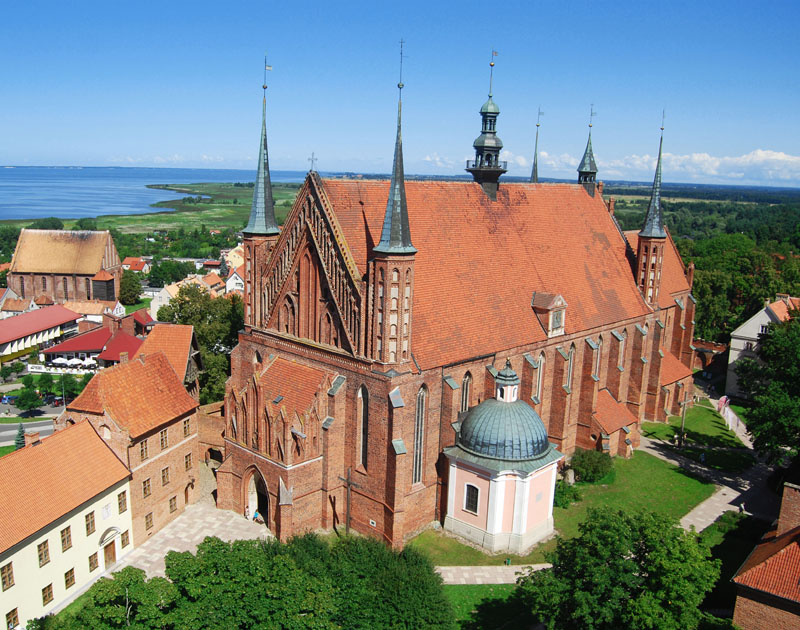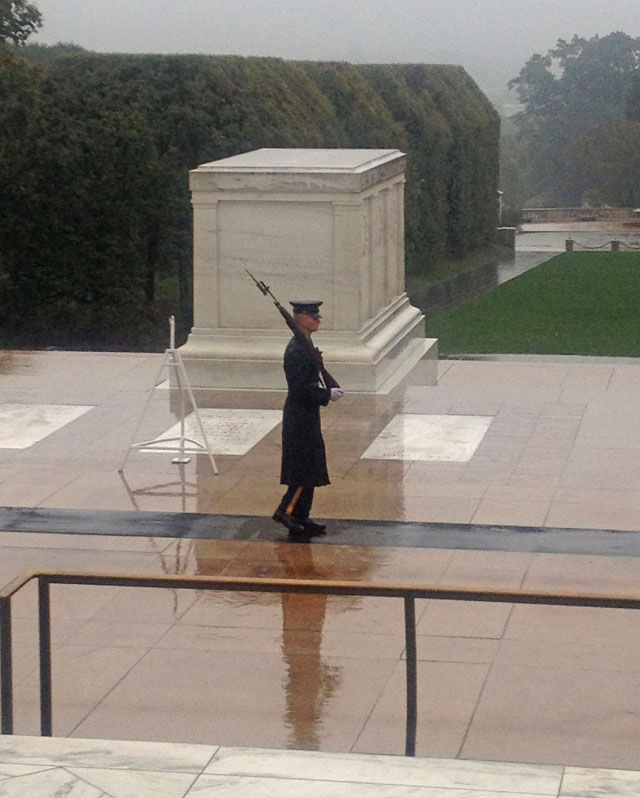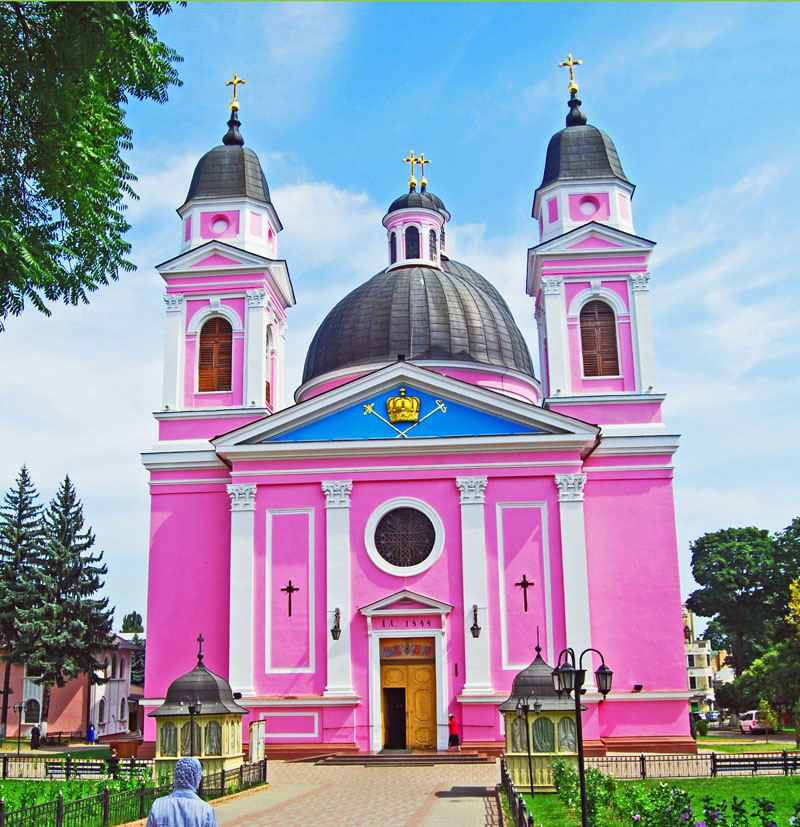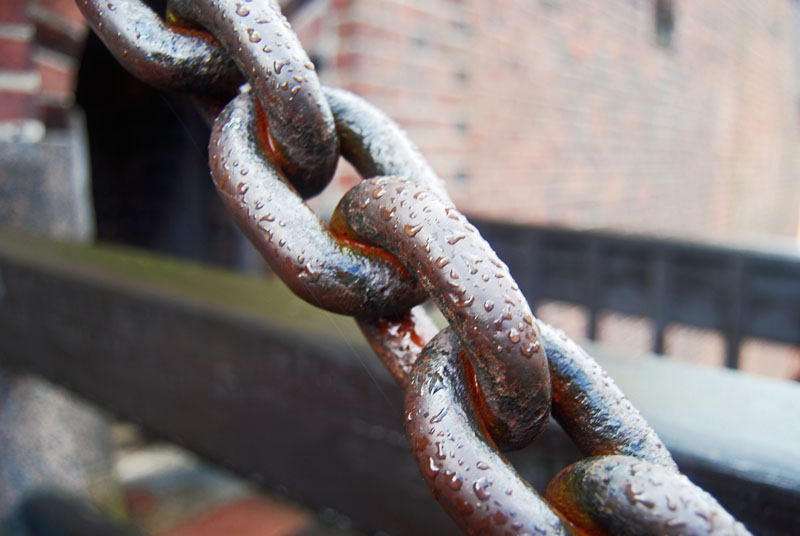Yes, that’s “Happy Thanksgiving” in Polish. It seems from what I’ve heard that people in Europe (including Poland) are very cognizant of our US-American holidays… but we in the USA–not so much about theirs. Anyway, America (the USA) is a big, powerful country and others in the world are very cognizant of what we’re up to.
And today here in the USA it is Happy Thanksgiving, Szczęśliwego Święto Dziękczynienia. But what does that mean for a person like me? A person whose heart is in Poland, whose ancestors came to the US to make a better life? A person whose ancestors left behind family, friends, all that they knew to try to find a better life? I cannot imagine what it must have been like, to leave all you knew and set off for a far away, foreign land in hopes of a better life. Wow, it must have been quite daunting.
My ancestors left behind their loved ones and ventured to the United States, hoping for a better life than they left behind. What did they leave behind? Well, i have some inkling of what that was like. It was a life of diminishing returns. A farm could only be split so many ways. It was a life where there was no Poland, and young men could only expect to be conscripts into the Emporer’s army–and they’d be in the front lines. It was a life where their heritage, culture, and language was at times severely repressed. And so they came to this county in great droves, looking for a better life for them and their children. And guess what?? They found it.
So they came to the USA. They were at the bottom of the social class. They were called “dumb Polaks.” They worked in the coal mines. They were maids. They did the work no one else wanted to do. And, you know what? The did it well. They excelled! They worked the jobs that no one else wanted to do. The bought the land that was full of stumps and no one else wanted. But they were free, they could do what they wanted to do…they could succeed–or fail. But they succeeded, and succeeded greatly. They built homes and farms, the created communities. The started churches and other social organizations. They prospered.
And so, today, I am happy. No, I am really ecstatic. You see, I am the descendant of those “dump Polaks” who came to this great country, who worked hard, who made a great life here. No, they were not at all “dumb Polaks,” they were the smartest and hardest working people I’ve ever known or heard about. And I am so proud to be one of their descendents. I am truly blessed! Jestem Polakiem! I am extremely proud of that fact!






